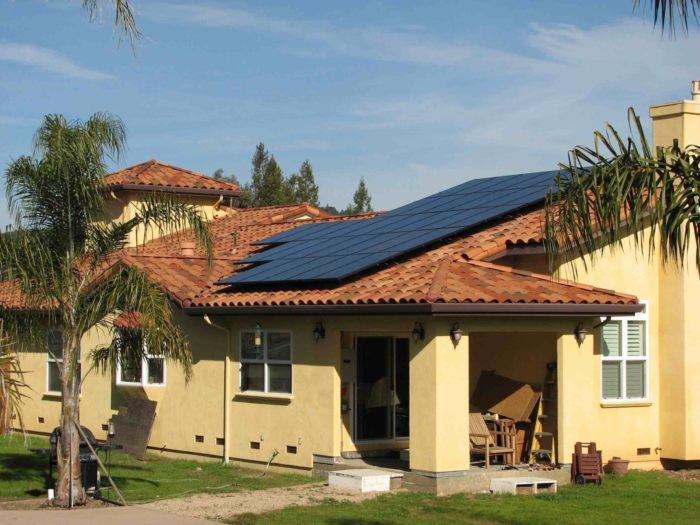
California’s state legislature has passed a measure that will simplify the permitting process for residential photovoltaic (PV) systems, which industry officials say could reduce costs to homeowners by $1,000 or more.
According to an article in The Los Angeles Times, the measure requires cities and counties to adopt local ordinances that would make permitting and inspections faster.
The Democratic sponsor of the bill, AB-2188, Assemblyman Al Muratsuchi, told the newspaper that on a visit to a solar company in Torrance last year he was told it often took 65 days to install solar panels, all but one day of which was spent “wading through the local bureaucracy to get the necessary permits and approvals.”
The executive director of the California Solar Energy Industries Association complained that while PV systems had become “practically cookie-cutter” in their design, many local building departments were requiring “Byzantine permits,” The LA Times said.
In addition to requiring more uniform installation rules, the bill also prohibits homeowner associations from imposing restrictions that would increase the cost of a PV system by more than $1,000.
Separately, the California Energy Commission has issued new guidelines calling for 15% higher rebates for solar arrays that face west instead of south. South-facing panels generate more energy overall, but panels that face west produce more power in the late afternoon when demand for electricity goes up, according to a report from CleanEnergy Authority.
State poised to update its building energy code
As lawmakers sought to make solar rules less burdensome, the California Energy Commission was taking its first steps toward updating the state’s building energy code, known as Title 24.
As reported on a Natural Resources Defense Council blog, the formal start of rule-making will result in revised efficiency standards for new construction and major renovations that would take effect in 2017.
Title 24, first adopted in 1977, sets standards for everything from the amount of required insulation to what type of lighting should be used in homes and offices. Since its adoption, Title 24 has saved state residents more than $30 billion in energy costs, the NRDC said, while reducing greenhouse gas emissions and the demand for electricity.
Citing statistics from the U.S. Energy Information Agency, the NRDC said the per capita use of electricity in California has remained essentially flat since 1975 while power consumption in the rest of the country has shown an increase of 50%.
Energy standards that went into effect this July are expected to reduce energy use in new houses by 25%, plus cut water consumption by 200 million gallons a year.
The blog said a number of changes are being considered for residential construction, including an increase in the amount of insulation, steps that would reduce energy losses through air ducts, a requirement for more efficient lighting, and the use of high-efficiency tankless water heaters.
The state has already adopted an efficiency plan that calls for all new residential buildings to be net-zero energy by 2020.
Weekly Newsletter
Get building science and energy efficiency advice, plus special offers, in your inbox.















0 Comments
Log in or create an account to post a comment.
Sign up Log in